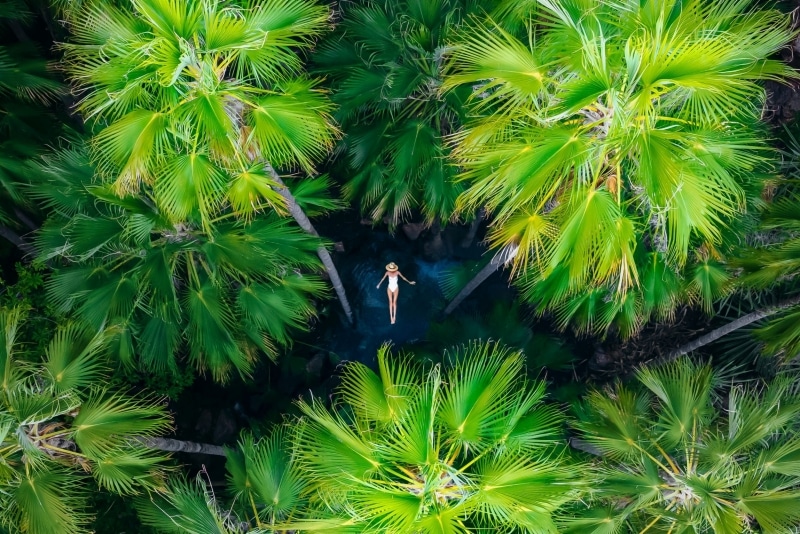Apply for the Work and Holiday visa (Subclass 462) if you hold a passport from:
Argentina, Austria, Ecuador, Chile, China, Czech Republic, Greece, Hungary, Indonesia, Israel, Luxembourg, Malaysia, Peru, Poland, Portugal, San Marino, Singapore, Slovak Republic, Slovenia, Spain, Switzerland, Thailand, Turkey, Uruguay, the USA and Vietnam.
Apply for the Working Holiday visa (Subclass 417) if you hold a passport from:
Belgium, Canada, Cyprus, Denmark, Estonia, Finland, France, Germany, Hong Kong, Republic of Ireland, Italy, Japan, Republic of Korea, Malta, Netherlands, Norway, Sweden, Taiwan and the UK.
Arrangements are regularly negotiated with other countries, so check the Department of Home Affairs website for the latest updates.






























































































































